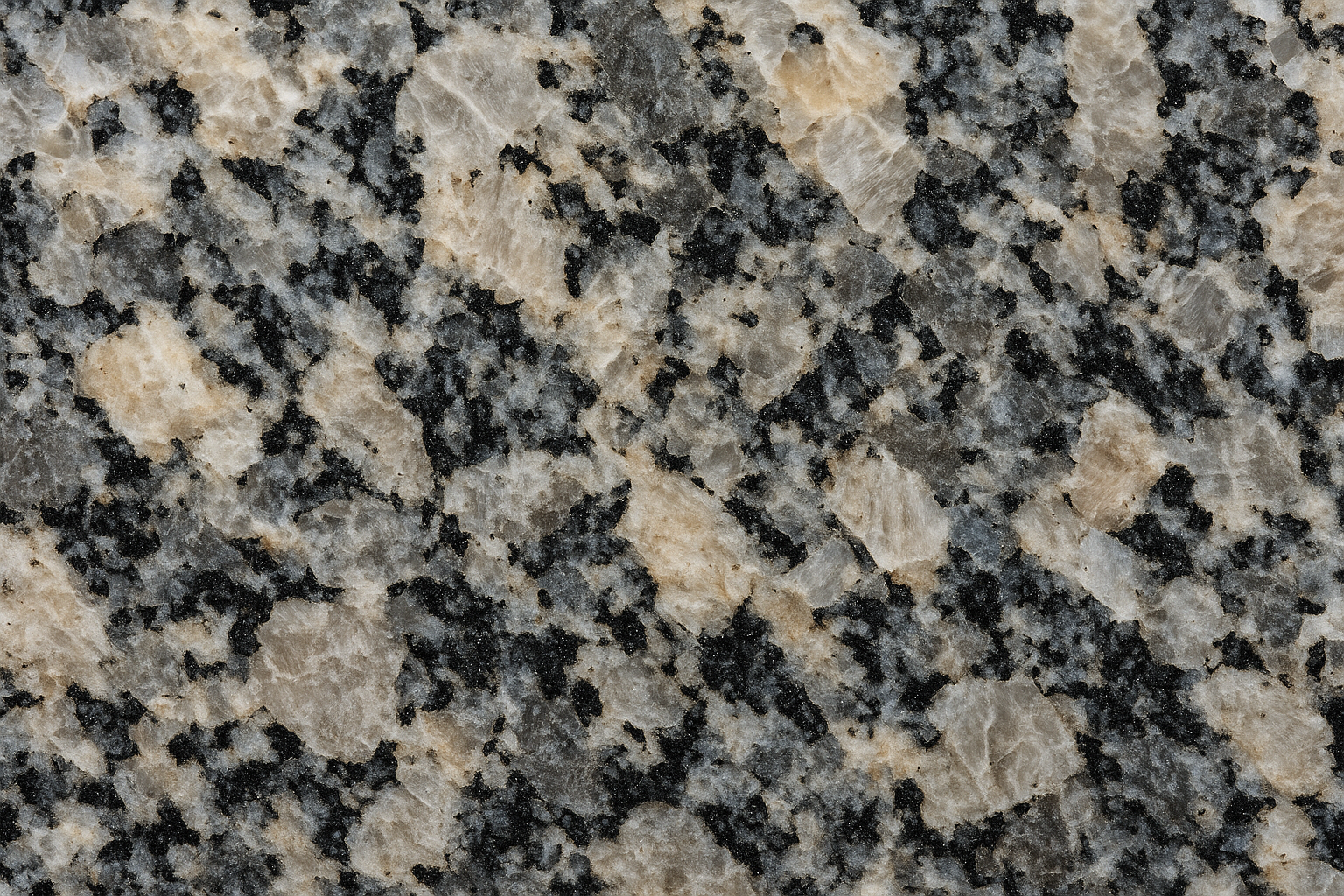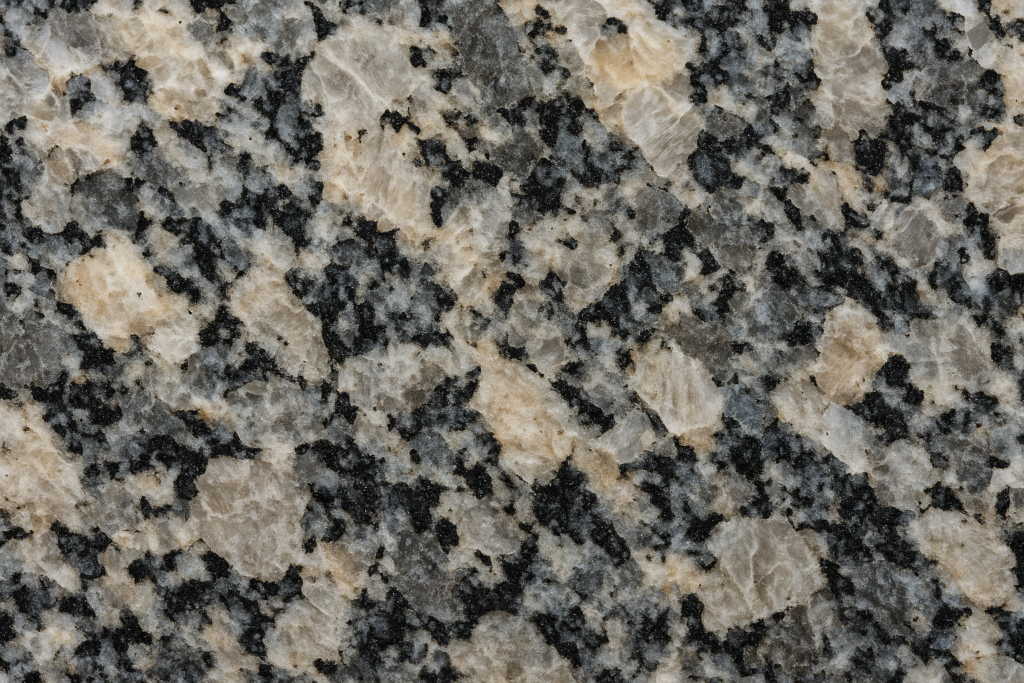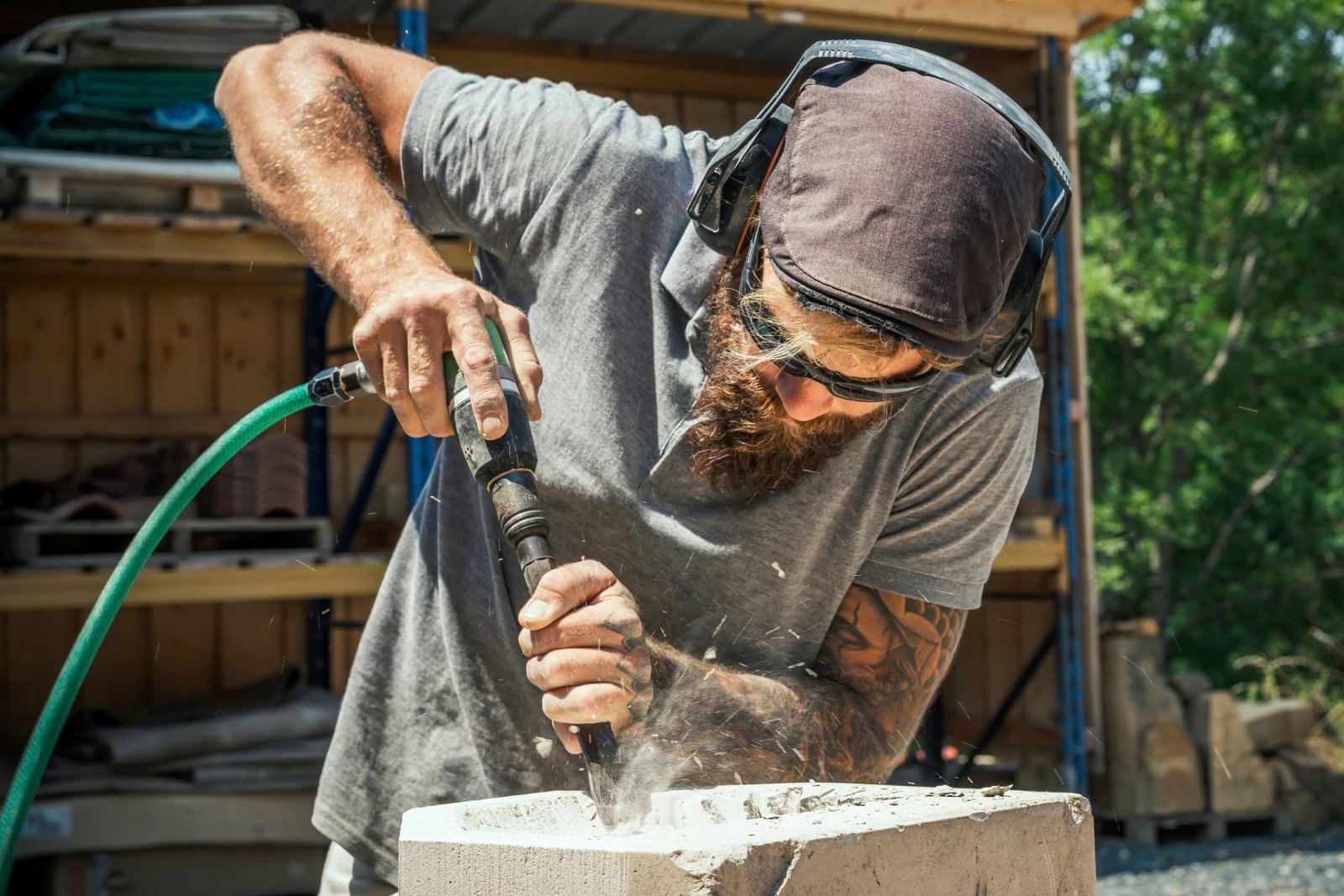
A granite countertop is more than just a luxurious surface—it’s a piece of the earth, shaped by natural forces and refined through expert craftsmanship
A granite countertop is more than just a luxurious surface—it’s a piece of the earth, shaped by natural forces and refined through expert craftsmanship. As a favorite material in modern kitchen countertop and bathroom designs, granite is prized for its durability, timeless beauty, and unique color patterns. But what is granite made of? And how does this natural composition influence performance, price, and maintenance?
In this article, we’ll explore the geological origins, mineral content, and fabrication process behind granite countertops, and how this knowledge can help you make informed decisions for your home or commercial space.

What Are Granite Countertops Made Of?
Granite countertops are made from 100% natural granite, a coarse-grained igneous rock formed from the slow crystallization of molten magma deep beneath the Earth’s surface. Granite is mined in large blocks, cut into slabs, polished, and fabricated into custom countertops.
Core Minerals in Granite:
- Quartz (20–60%) – Adds hardness and resistance to wear
- Feldspar (35–90%) – Influences granite countertop colors (pink, white, gray)
- Mica (5–15%) – Gives the stone a sparkling, metallic sheen
- Amphibole, Biotite & Other Trace Minerals – Contribute darker hues and unique veining
These minerals combine to form the rich textures and patterns you see on a polished granite slab. The exact mix determines the stone’s color, grain size, and density.
How Granite Countertops Are Formed in Nature
Granite is formed when magma cools slowly beneath the Earth’s crust. This process allows large mineral crystals to grow and interlock, giving granite its signature strength and visual depth. Unlike engineered quartz, granite is quarried directly from the earth and cut into slabs without additives.
This natural origin means every granite countertop is one-of-a-kind.
To understand the design side of granite in your space, visit:
👉 What Is a Granite Countertop?
How Granite Slabs Become Countertops
Step 1: Quarrying
Massive blocks of granite are extracted from quarries using wire saws or explosives.
Step 2: Slab Cutting
Blocks are sliced into slabs with gang saws or diamond wire saws.
Step 3: Polishing
Slabs are polished with diamond abrasives to achieve a glossy, honed, or leathered finish.
Step 4: Fabrication
The slab is measured, cut, and shaped to fit your design. Sink cutouts, faucet holes, and custom edge profiles are created.
Step 5: Countertop Installation
The slab is delivered and installed by professionals who secure it with adhesives and sealants.
Proper finishing is essential to longevity and performance. Learn more about edge details here:
👉 Why Is Edge Finishing Important in Countertop Installation?
Granite Countertop Colors: The Role of Minerals
Granite’s color palette is determined by its mineral content and region of origin.
| Mineral | Color Effect |
|---|---|
| Feldspar | White, pink, tan, or gray |
| Quartz | Light gray or milky white |
| Mica (Biotite) | Black, silver, or gold specks |
| Amphibole | Greenish-black streaks |
| Iron Oxides | Reddish tones |
Popular granite countertop colors include:
- Black Galaxy – Rich black with golden flecks (India)
- White Ice – Bright white with gray veins (Brazil)
- Ubatuba – Deep green with light speckles (Brazil)
- Kashmir Gold – Warm golden tones with red flecks (India)
Benefits of Granite’s Natural Composition
Because granite is made from natural, high-performance minerals, it offers advantages unmatched by many man-made materials.
1. Superior Hardness
Quartz and feldspar make granite one of the hardest building materials available—perfect for resisting cuts, scratches, and heavy impacts.
2. Heat Resistance
Granite can withstand hot pots, curling irons, and outdoor temperatures without cracking or warping.
3. Stain Resistance (When Sealed)
With proper sealing, granite repels liquids like wine, oil, and juice—ideal for kitchen countertops and bathrooms alike.
4. Unique Appearance
Each slab is a geological fingerprint. No two granite countertops are exactly the same.
Where Granite Works Best
Thanks to its mineral durability, granite is perfect for:
- Kitchen countertops
- Bathroom vanities
- Outdoor patios and kitchens
- Fireplace surrounds
- Bar tops and commercial surfaces
For unconventional uses, visit:
👉 When Should You Consider Using a Granite Countertop in a Bathroom or Patio Area?
Granite Countertop Maintenance
While granite is naturally resilient, it does require occasional care to preserve its water resistance and sheen.
Regular Cleaning:
- Use a soft cloth and a pH-neutral stone cleaner
- Avoid bleach, vinegar, or ammonia
Sealing:
Granite is porous and should be sealed every 1–2 years. Some dense stones require less frequent sealing.
Minor Repairs:
- Chips can be filled with resin or epoxy
- Cracks near seams may be reinforced during granite countertop repair
To prevent issues from poor craftsmanship, avoid these common mistakes:
👉 When Should You Do Edge Finishing Errors Occur in Countertop Installation?
Are Granite Countertops Safe?
Yes. Granite is naturally antimicrobial and, when sealed properly, resists bacterial absorption. Most slabs sold for home use are also tested for safety, including radon emissions (which are minimal and lower than in many household materials).
Granite Countertop Prices: Is It Worth It?
Granite’s composition makes it one of the most long-lasting surfaces available, but that comes with a cost.
| Grade | Price Range (Installed) |
|---|---|
| Entry-Level Granite | $40–$60/sq ft |
| Mid-Tier Granite | $60–$100/sq ft |
| Exotic Granite | $100–$200+/sq ft |
While granite may cost more upfront than laminate or tile, its long lifespan and durability make it cost-effective over time.
Final Thoughts: Understanding Granite from the Inside Out
So, what are granite countertops made of? They’re composed of natural minerals like quartz, feldspar, and mica—combined over millions of years to form a surface that’s strong, beautiful, and uniquely one-of-a-kind.
Understanding the natural makeup of your granite slab helps you appreciate its strength, care for it properly, and choose the best options during countertop installation. With thoughtful maintenance and smart design, your granite countertop will last for decades, elevating every space it touches.

